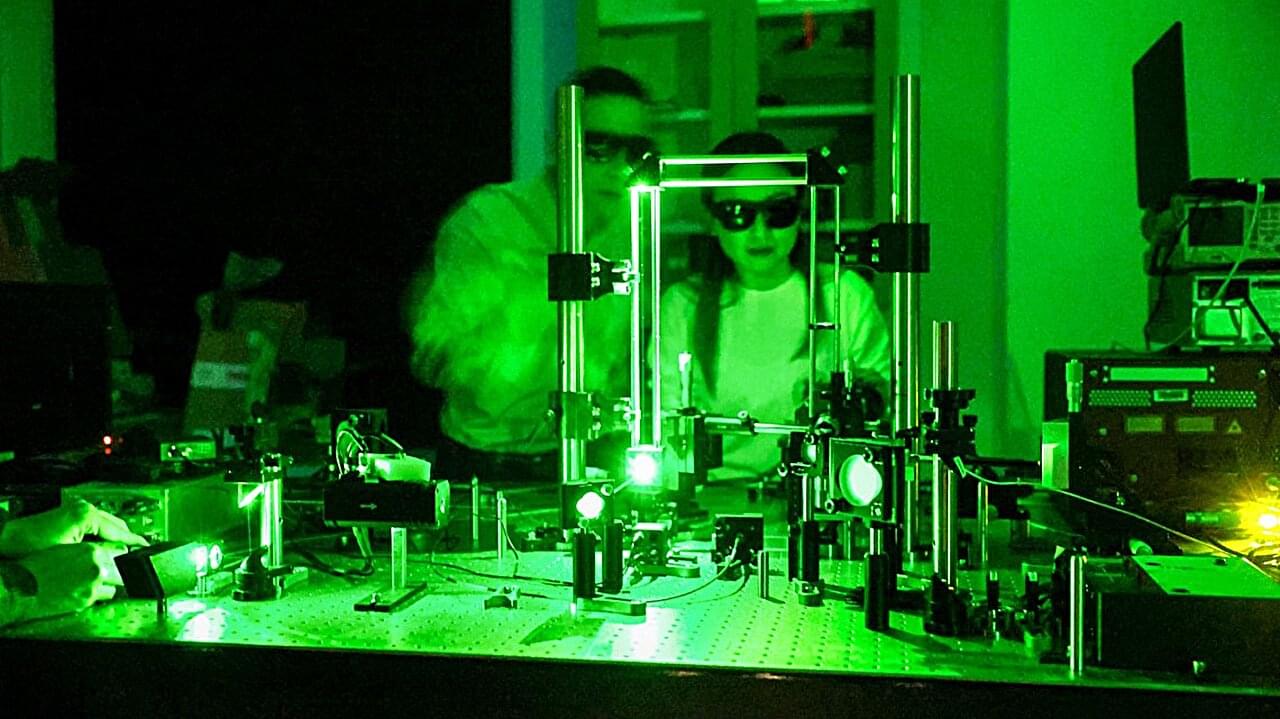Faster isn’t always better when it comes to high-speed materials science, according to new Cornell research showing that tiny metal particles bond best at a precise supersonic speed.
In industrial processes like cold spray coating and additive manufacturing, tiny metal particles travel at extreme speeds and slam into a surface with such force that they fuse together, forming strong metallic bonds. This rapid, high-energy collision builds up layers of material, creating durable, high-performance components. Understanding how and why these bonds form, and sometimes fail, can help optimize manufacturing techniques and lead to stronger materials.
In a study published March 31 in the Proceedings of the National Academy of Sciences, Cornell scientists launched aluminum particles, each about 20 micrometers in diameter, onto an aluminum surface at speeds of up to 1,337 meters per second—well beyond the speed of sound—and used high-speed cameras to record the impacts.
